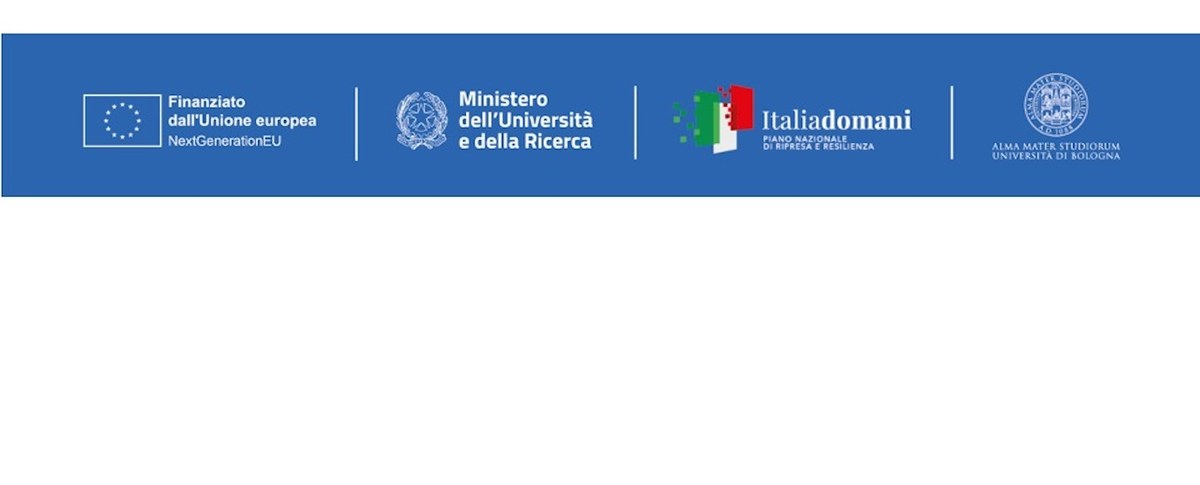The main work packages and project activities
The objective is to carry out a territorial diagnosis of the main characteristics, critical issues, strengths and opportunities for mitigation and adaptation to climate change, also in relation to previous knowledge, experiences already conducted and territorial planning . The study areas will be analyzed to identify sites and areas potentially available for the implementation of green systems and environmental hotspots linked to the impacts of climate change.
The activities:
- Analysis of previous experiences and planning tools
- Mapping of areas for the potential development of green systems
- Needs analysis: identification of the areas with the greatest environmental problems
Results: Territorial diagnosis and evaluation of the suitability of the territory for the implementation of green systems in different landscape contexts
Territorial diagnosis
The objective is to carry out a territorial diagnosis of the main characteristics, critical issues, strengths and opportunities for mitigation and adaptation to climate change, also in relation to previous knowledge, experiences already conducted and territorial planning . The study areas will be analyzed to identify sites and areas potentially available for the implementation of green systems and environmental hotspots linked to the impacts of climate change.
The activities:
- Analysis of previous experiences and planning tools
- Mapping of areas for the potential development of green systems
- Needs analysis: identification of the areas with the greatest environmental problems
Results: Territorial diagnosis and evaluation of the suitability of the territory for the implementation of green systems in different landscape contexts
Evaluation of the benefits of green systems
Study areas with high environmental problems and opportunities for implementing green systems within the Municipalities of Bologna and Perugia will be identified, and scenarios for implementing green systems will be defined and analysed. The carbon stock capacity and potential for offsetting greenhouse gas emissions of the built environment, the ability to reduce energy consumption, heat island phenomena and air pollution levels are taken into account.
The activities:
- analysis of the benefits in terms of reduction of energy consumption and improvement of the microclimate
- analysis of the carbon stock and sequestration provided by vegetation and the removal of air pollution
- Evaluation of the contribution of green systems for the enhancement of urban biodiversity
- Evaluation of the contribution of the soil connected to green systems for climate mitigation
- Comparison between scenarios and integrated evaluation of benefits
Results: evaluation of scenarios through microclimate, energy and environmental simulations and specific trials
Supporting the implementation and transferability of results relating to urban green systems
To support the implementation and transferability of the results obtained about green systems, the project will promote discussion with local authorities and stakeholders, as well as the involvement of the population aimed at increasing the awareness of local communities towards the real potential given by the systems greens.
Funded by the European Union - NextGenerationEU under the National Recovery and Resilience Plan (PNRR) - Mission 4 Education and research - Component 2 From research to business - Investment 1.1 Notice PRIN 2022 PNRR (DD N. 1409 del 14/09/2022), from title [Urban green systems: integrated modelling of environmental, energy and microclimatic benefits and GHG offsetting for strengthening resilience and adaptation to climate change – GRACE (Green foR climAte resilience)], proposal code [P20229ZC79] - CUP [J53D23018250001]
